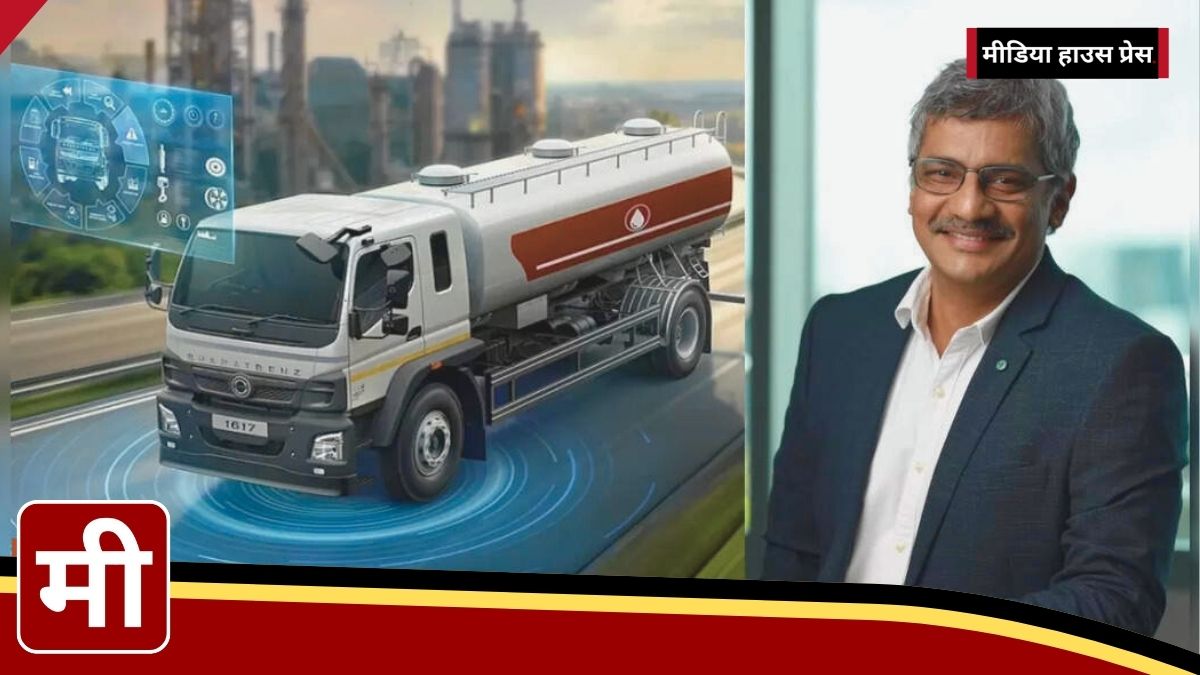India’s commercial vehicle (CV) market is projected to grow steadily, reaching approximately 8,50,600 units by 2024 with an annual growth rate of 1.88%. By 2029, this is expected to further expand to 933,400 units, with production potentially climbing to 1,018,000 units, as per a report by Statista. This growth signifies robust expansion potential, especially in green mobility, digital connectivity, and automation. Daimler Truck Innovation Center India (DTICI), led by its Managing Director and CEO, Raghavendra Vaidya, is a pivotal contributor to this market segment’s evolution, enhancing sustainable and technology-driven vehicle solutions within India’s complex automotive landscape.
DTICI: A Global Development Powerhouse in India’s Commercial Vehicle Space
DTICI stands as one of Daimler’s largest development centers outside Germany, located in Bengaluru. Focused primarily on product engineering and IT solutions, the center is working to advance zero-emission technologies and vehicle connectivity. Vaidya highlights two of DTICI’s primary objectives:
- “Intelligence to Drive” – Developing smart software solutions to enhance safety, control, and efficiency.
- “Power to Drive” – Transitioning from traditional diesel engines to zero-emission powertrains, aiming to reshape the future of green mobility.
AI and ADAS: Innovation in India’s Commercial Vehicle Market
Artificial Intelligence (AI) plays a critical role in DTICI’s development of Advanced Driver Assistance Systems (ADAS), which include features like adaptive cruise control and active brake assist. According to Vaidya, these AI-driven ADAS systems offer comfort and safety, using a network of sensors and intelligent cameras to enable Level 2 autonomy in their trucks. Through real-time data, these systems can classify objects and make precise decisions on the road, a necessity for enhancing road safety in India.
While ADAS technologies are gaining traction in the CV sector, Vaidya notes the adoption rate is slower compared to the passenger vehicle (PV) sector, which has seen a more rapid integration of these advancements. This difference highlights the unique challenges in adopting high-tech features within commercial vehicles, largely due to infrastructure and operational differences.
Data Processing for Continuous Improvement
The role of data is paramount in DTICI’s approach. The vast amounts of sensor data generated by these trucks help refine control algorithms, allowing DTICI’s systems to continuously learn and improve. Vaidya emphasizes that data-driven enhancements help the trucks adapt better to varied driving conditions and further improve the safety protocols embedded within these systems.
Navigating India’s Unique Road Challenges
India’s diverse road conditions and infrastructure present a unique set of challenges for automated driving. Vaidya points out that India’s complex road networks, varying from modern highways to rural pathways, require vehicles to be exceptionally adaptive and responsive. Despite these challenges, Vaidya is optimistic about demand for safer vehicles on improved highways, an area where DTICI’s active safety systems come into play. By integrating advanced safety measures, DTICI is helping fulfill this rising demand and contributing to a safer driving environment.

